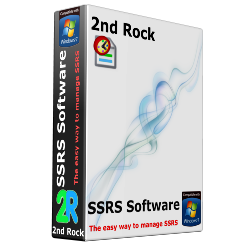
Categories
DBA Service
$5,039.48
In stock
Product Details
Daily monitoring and alerting of two SQL Server machines. For one hour each day.
o The monitoring aspect is in two parts. To clarify what is meant by monitoring this is more than just up/down or on/off, it is about storing the information historically and checking for potential issues before they become a problem. For example disk usage and resolving low disk space before it becomes an issue, not just a daily report but actively monitored throughout the day at regular intervals. When fixing an issue identify what caused the problem and ensure this does not happen again. There are some items that can be only be alerted to when a failure happens, for example a failover of a SQL availability group, but you will be alerted when such events happen.
Operating system- disk, network and CPU.
Applications SQL Server, SSRS (+other?? TBC).
Monitoring checks include but not limited to. By this I mean if an issue is found outside the scope of this contract it will raised and where possible resolved.
o Errors. Examples: SQL Server logs, SSRS logs, Windows event logs, SQL job failures.
o Warnings. Examples below.
Slow queries- rewrite SQL queries.
Missing indexes
o Capacity monitoring and planning- historical sizes of database and tables
o SSRS Report monitoring Identify report errors, and subscription failures.
o Backups, with GFS backup solution. Day, week for 1 year
o Point in time recovery solution
o Services checks (eg. SQL Server, SSRS)
o Daily Health checks
o Capacity planning
o DR testing
Service patching
Alerting of issues
o When an issue arises emails will be sent to relevant parties to inform them of the issue
o Regular updates will be sent until the issue is resolved.
Additional 13.3 hours per month for DBA assistance or adhoc work as required. Any unused hours can be rolled forward for use into following quarter.
DBA Service
Display prices in:USD